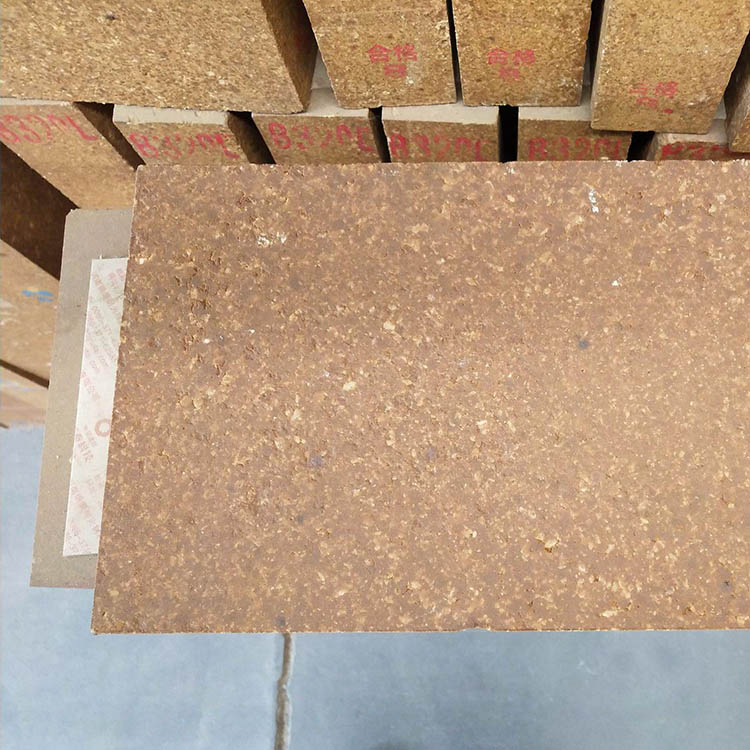
As steel production demands increasingly rapid temperature cycling in blast furnaces and ladles, traditional high-alumina bricks are showing signs of wear—both structurally and economically. In fact, studies from the International Journal of Refractories show that average furnace lining replacement intervals for standard high-alumina bricks now fall between 4–6 months under aggressive thermal shock conditions.
Enter mullite-based refractory bricks—a proven alternative that’s gaining traction across global steel mills due to their superior performance in real-world applications. Unlike conventional bricks, mullite refractories offer enhanced cold strength, thermal stability, and creep resistance—key factors in extending furnace life while reducing downtime.
| Property | Standard High-Alumina Brick (Typical) | Mullite-Based Refractory Brick |
|---|---|---|
| Cold Crushing Strength (MPa) | 60–75 MPa | 85–110 MPa |
| Thermal Shock Resistance (Cycles @ 1100°C) | 20–30 cycles | 60–80 cycles |
| Load Softening Temperature (°C) | 1550–1600°C | 1650–1700°C |
The difference isn’t just technical—it’s financial. A mid-sized steel plant in South Korea reported a 40% reduction in maintenance frequency after switching to mullite bricks in their soaking pits. That translates to approximately $120,000 saved annually per furnace, based on reduced labor, material, and lost production time.
A leading integrated steel producer in Gujarat replaced 70% of its basic oxygen furnace (BOF) lining with mullite bricks over two years. Before the switch, they experienced frequent cracking during hot charging cycles—leading to unplanned shutdowns averaging 3 days per month. After implementation:
This wasn’t just about better materials—it was about smarter engineering. The mullite brick’s unique crystal structure allows it to absorb stress without micro-fracture propagation, making it ideal for environments where thermal gradients exceed 500°C/min.

What makes this solution stand out is not just the data—it’s how it aligns with operational goals. Whether you're optimizing a single furnace or planning a full-scale refractory upgrade, choosing the right material can mean the difference between reactive repairs and proactive efficiency.
If your team is evaluating alternatives to traditional high-alumina bricks—or looking for evidence-based strategies to reduce maintenance costs—our industry white paper offers deeper insights into material selection, installation best practices, and long-term ROI calculations.
Download the Free White Paper: "Refractory Optimization for Modern Steel Production"


